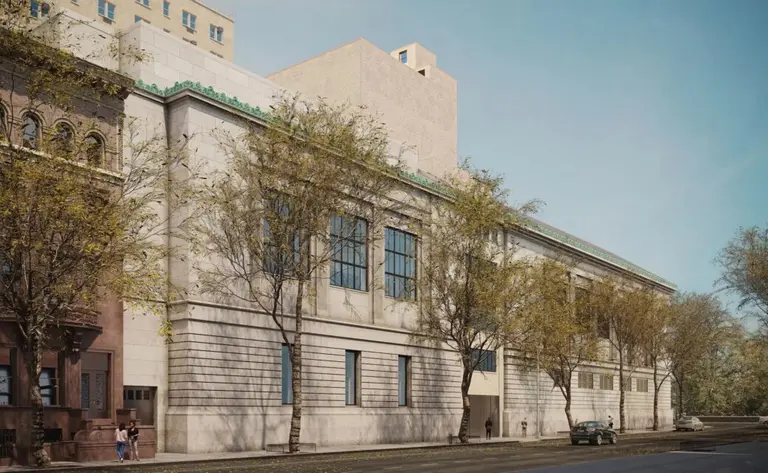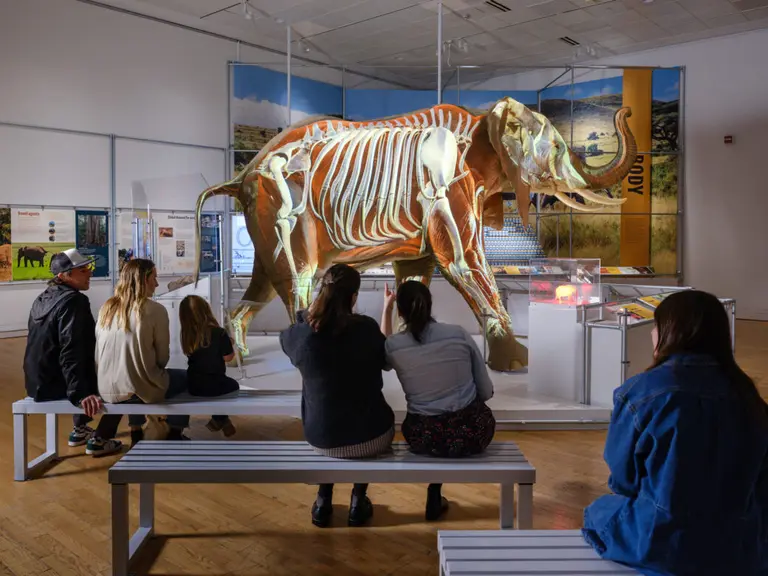Largest and most expensive Stegosaurus fossil now on view at AMNH
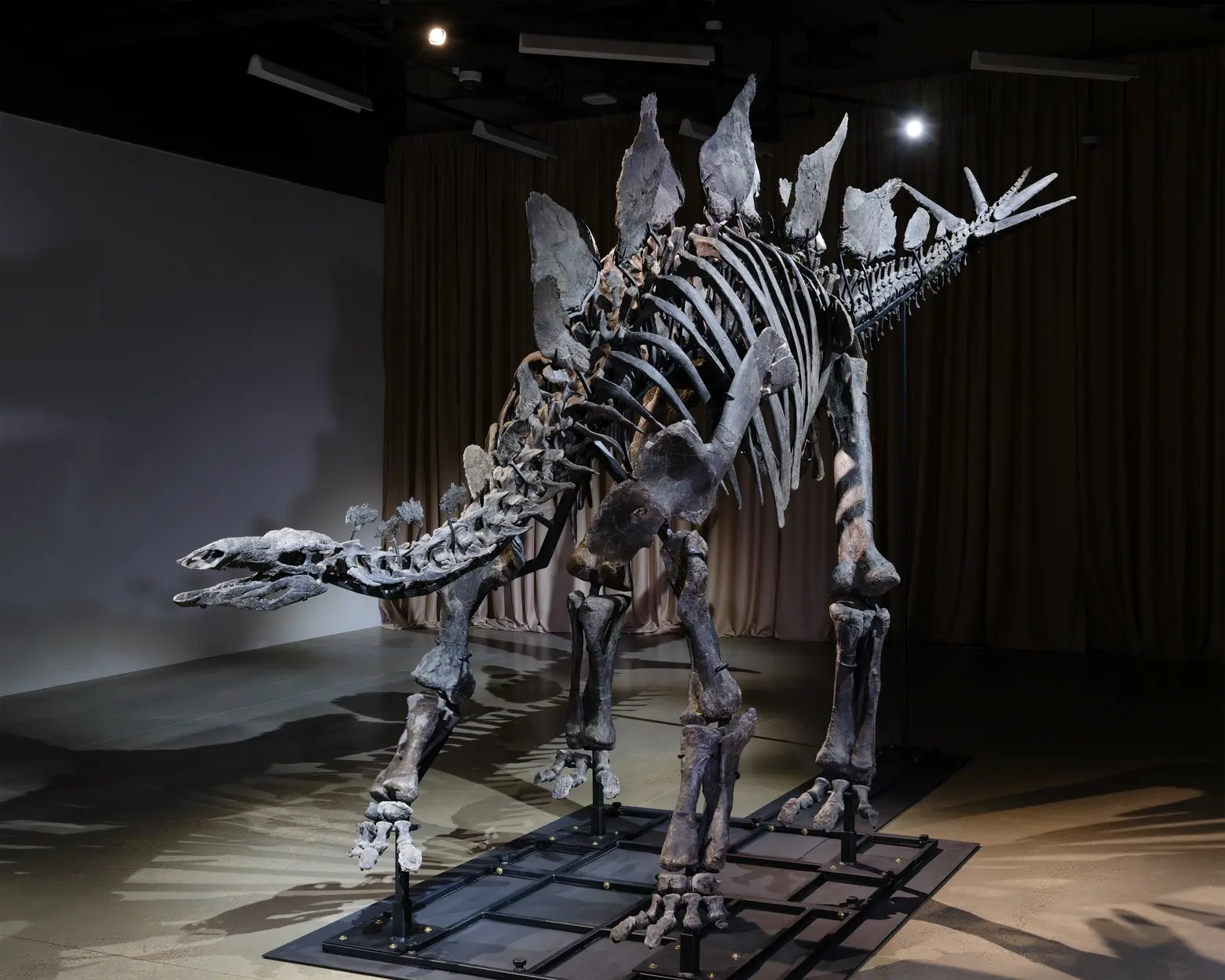
The Apex Stegosaurus on view in the American Museum of Natural History’s Richard Gilder Center for Science, Education, and Innovation. Alvaro Keding & Daniel Kim/© AMNH
One of the largest and most complete Stegosaurus fossils ever discovered—and the most expensive—is now on display at the American Museum of Natural History. Known as Apex, the 150-million-year-old fossil, measuring 11.5 feet tall and 27 feet long, was unveiled on Thursday just inside the entrance to the museum’s Richard Gilder Center in the Kenneth C. Griffin Exploration Atrium. Nearly 80 percent complete, the fossil was loaned to AMNH by Griffin, who purchased it for a record-breaking $44.6 million at a Sotheby’s auction in July, according to Gothamist.
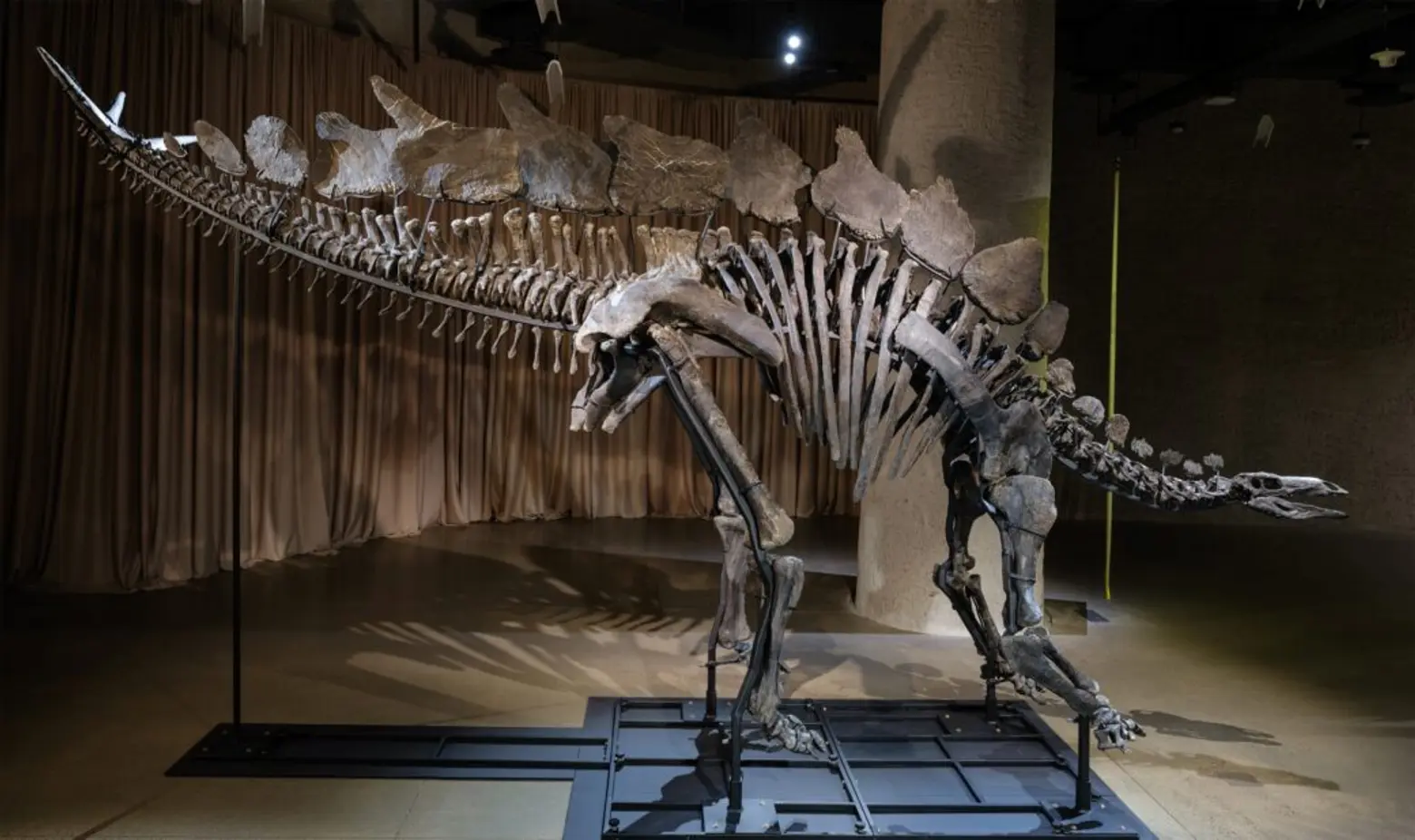
Apex was discovered in May 2022 by commercial paleontologist Jason Cooper in the renowned Morrison Formation, a hotspot for dinosaur fossils located just outside the town of Dinosaur, Colorado.
After it was excavated, prepared, and articulated, the fossil was mounted in a “defensive pose,” with its spiked tail raised in the air. It is exceptionally well-preserved, with more than 254 of its approximately 320 bone elements intact. Its missing pieces were recreated and filled in using 3D-printed and sculpted components.
In addition to its impressive size and completeness, Apex is one of the few Stegosaurus specimens ever discovered that appears to have lived to an advanced age.
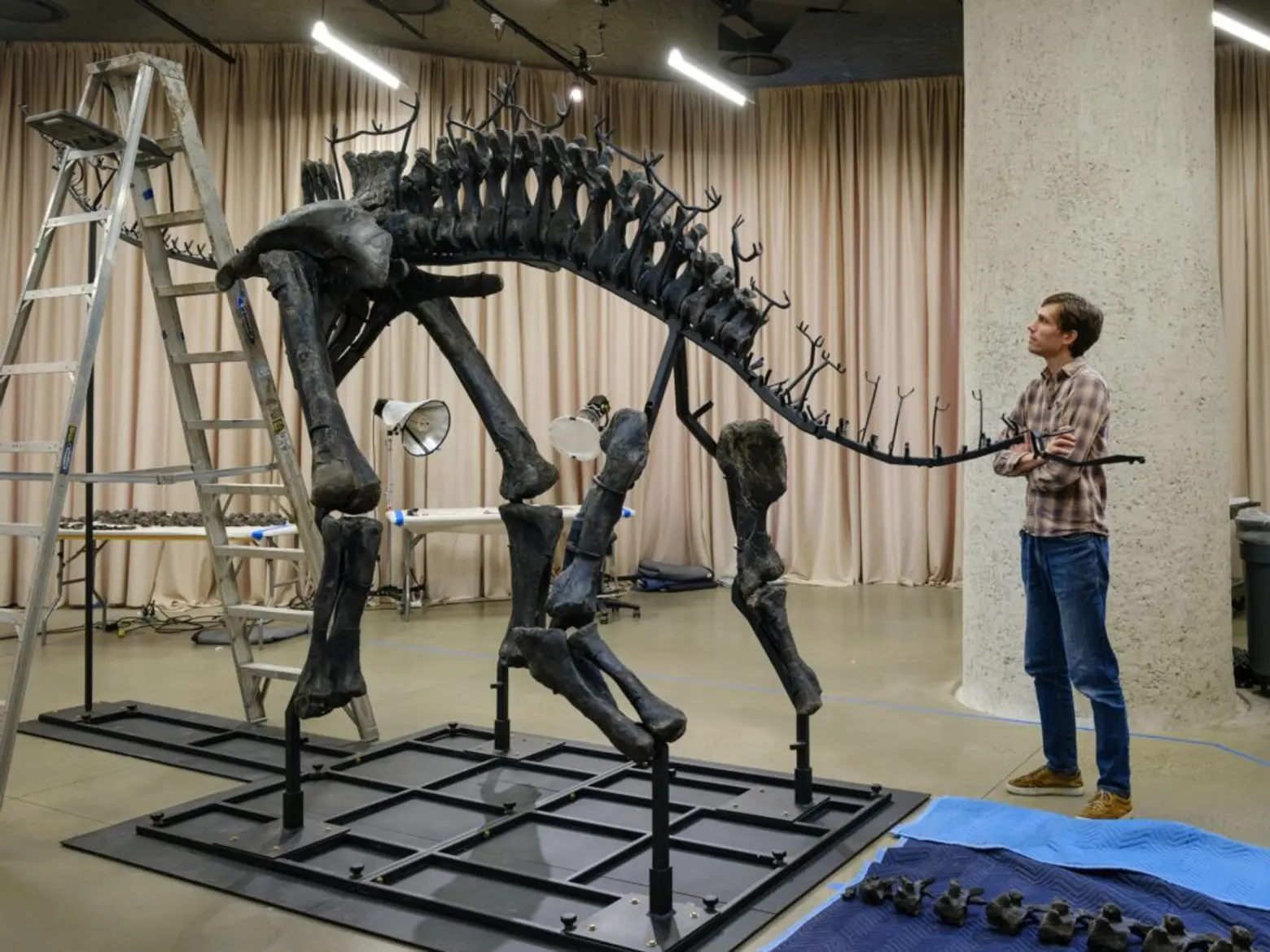
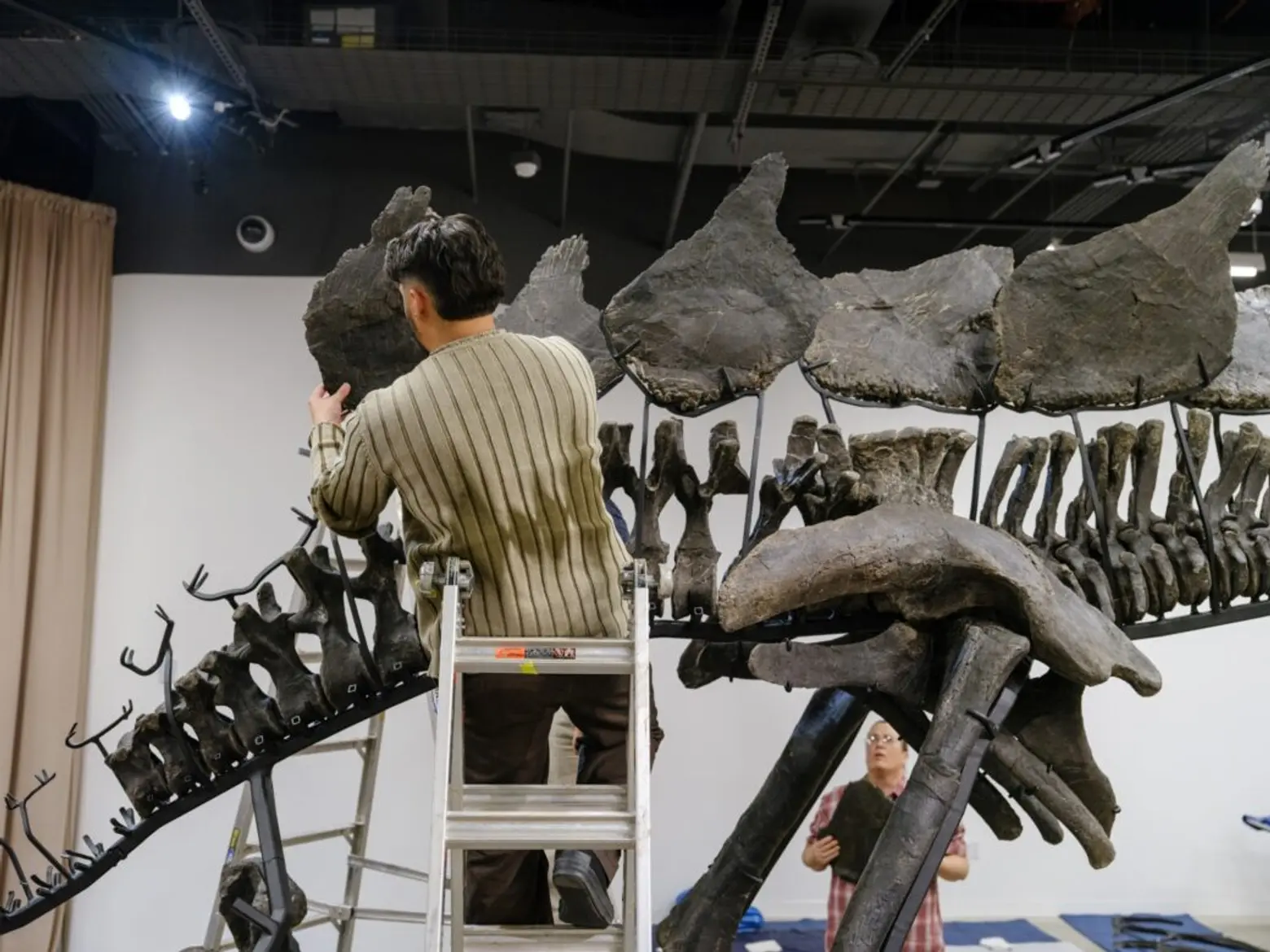
With support from Griffin, Apex will be studied during its stay at the museum as part of a new research initiative led by scientists in AMNH’s Division of Paleontology, focusing on Stegosaurus biology. The researchers will uncover insights into the dinosaur’s growth and life history, according to a press release.
So far, Stegosaurus research has primarily focused on anatomical descriptions, leaving key aspects of the dinosaur’s biology largely unstudied.
“As exciting as is it is to have this dinosaur on display, it is even more exciting to have the opportunity to study it and make important scientific data available for research,” Roger Benson, the Macaulay Curator of Paleontology in-charge of fossil amphibians, reptiles, birds, and fossil plants, said. “Stegosaurus is one of the top dinosaurs known by the general public, but scientifically, we have much more to learn.”
The museum is also planning a variety of educational resources related to Apex, designed for age groups ranging from early childhood to youth, as well as materials for educators and lifelong learners.
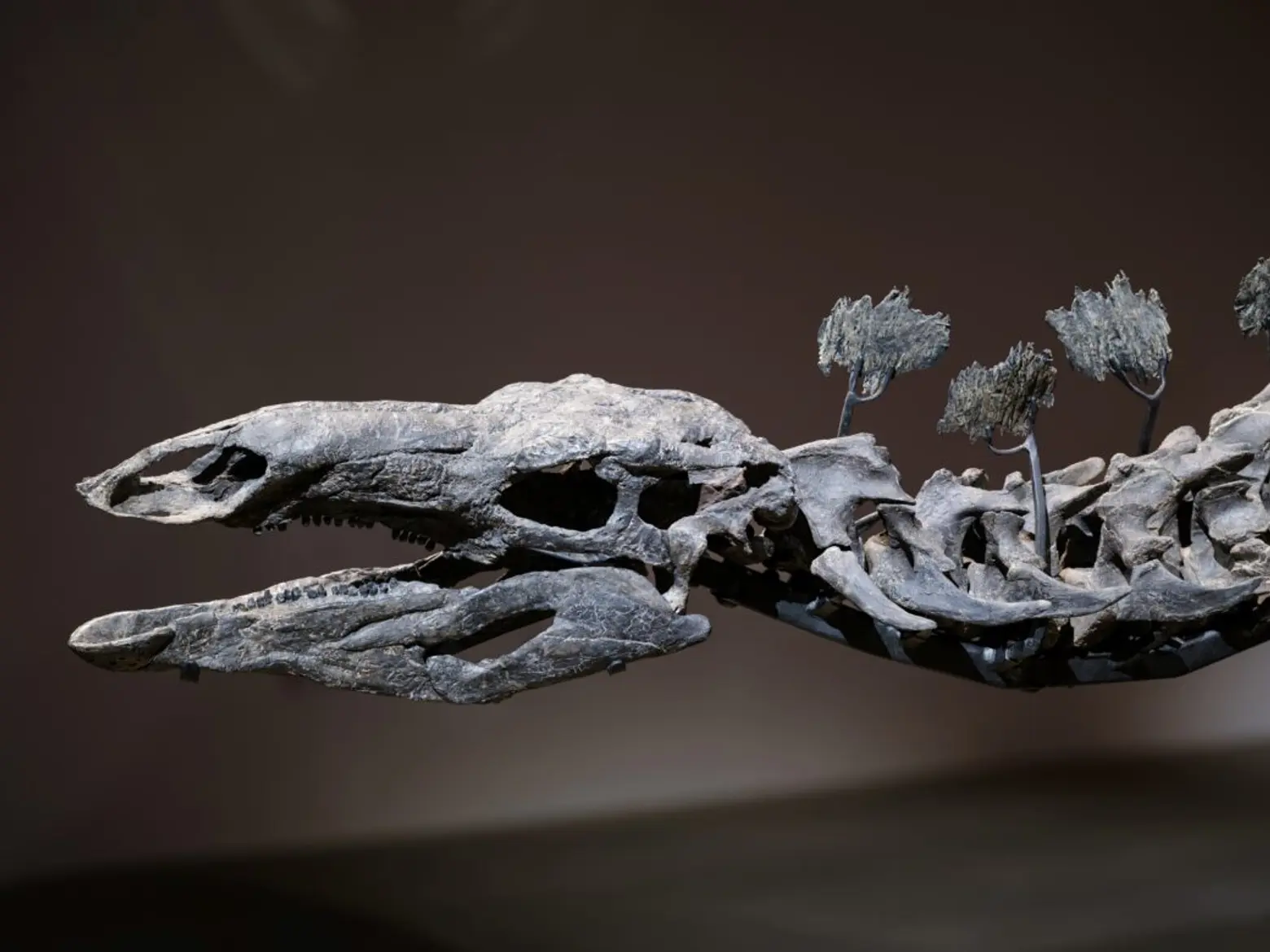
One of the world’s most recognizable dinosaurs, the first Stegosaurus fossil was discovered in 1874 in the United Kingdom, and the species was named in 1877 following the discovery of a second specimen in Colorado.
Since then, more than 80 Stegosaurus fossils have been discovered by scientific institutions, though very few are significantly complete.
“Apex offers a unique window into our planet’s distant past, and I’m so pleased to partner with the American Museum of Natural History to showcase it at one of our country’s preeminent scientific institutions,” Griffin said.
“I am grateful that millions of visitors and researchers will now be able to see and learn from this magnificent specimen of the Late Jurassic Period. The joy and awe every child feels coloring a Stegosaurus with their crayons will now be brought to life for the millions of people who have the opportunity to see this epic dinosaur in person.”
Apex will first go on display in the windowed alcove to the right of the entrance to the Gilder Center. Visitors can appreciate the mounted fossil from all angles and witness its massive size and excellent quality.
In the fall of 2025, the fossil will move to the fourth floor, where it will anchor a new entrance to the museum’s famous fossil halls from the Gilder Center. It is scheduled to be on view at the AMNH for four years, after which a replicated cast will take its place.
RELATED:




















